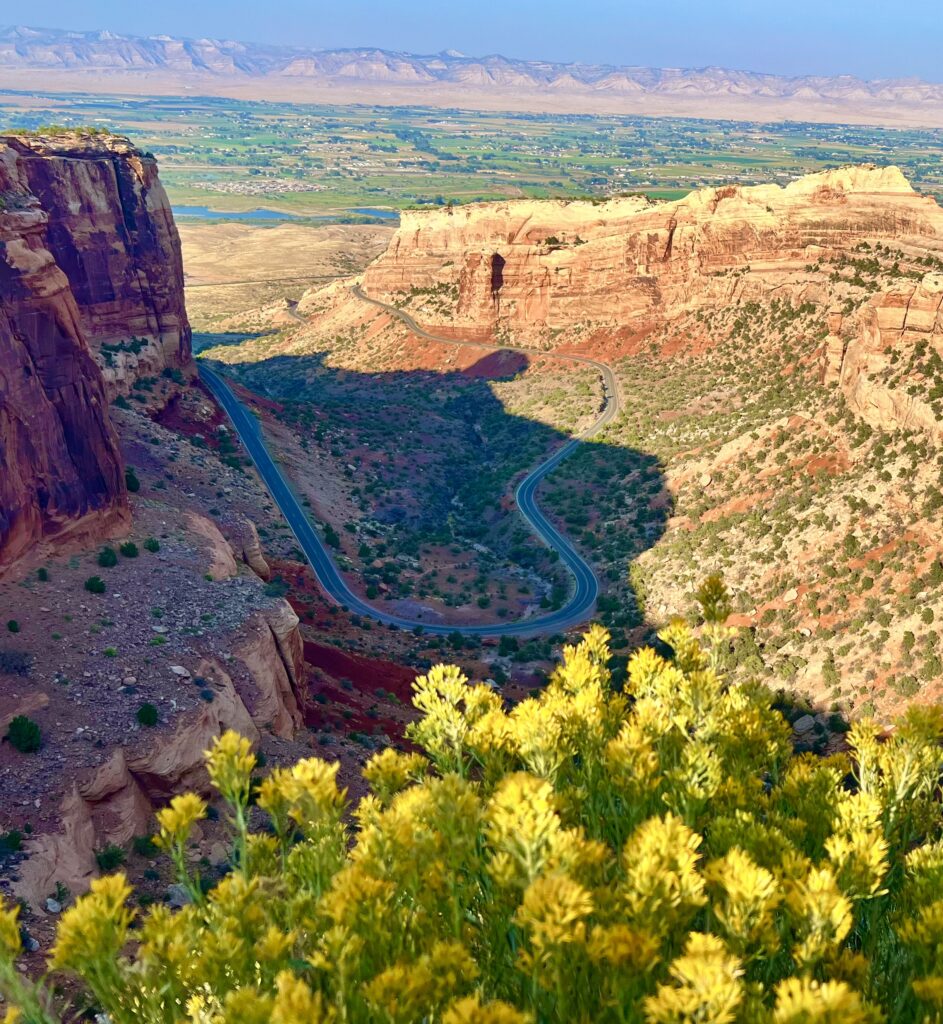The National Park Service describes Colorado National Monument as “one of the grandest landscapes of the American West”. While I wouldn’t go that far, it is undoubtedly an incredible landscape. Located in western Colorado, near the town of Grand Junction, Colorado National Monument preserves a unique landscape of canyons and plateaus. The natural beauty of this land was recognized by early residents, who actively campaigned for it to be preserved as a national park. One man in particular, John Otto, was instrumental in the preservation effort.
“I came here last year and found these canyons, and they felt like the heart of the world to me. I’m going to stay…and promote this place because it should be a national park.”
John Otto – 1907

Preservation efforts were ultimately successful, and President Taft established Colorado National Monument in 1911, forever protecting one of western Colorado’s natural wonders. However, the land was protected as a National Monument, rather than under the more prestigious National Park designation. The name also left something to be desired. Locals are still campaigning to get the monument re-designated as a National Park, or at the very least have its name changed to something a bit more inviting.

Despite the bland name, and lesser status as a national monument, Colorado National Monument saw nearly 500,000 visitors in 2021. That’s a pretty impressive number, especially when you consider that nearby Black Canyon National Park saw just over 300,000 visitors in 2021. I suspect a re-designation as a National Park would increase visitation, but I also suspect there are plenty of locals fine with it remaining a hidden gem. I’m indifferent on the issue, as it’s worth a visit regardless of its official designation.

The centerpiece of the monument, is the 23 mile long Rim Rock Drive. The scenic road climbs out of the Colorado River’s Grand Valley, before winding along the rim of the monument’s canyons and plateau. As scenic drives go, this is one of the more spectacular stretches of road I can think of. Every twist and turn reveals something new, and there’s plenty of turnouts to stop and enjoy the scenery. There’s also plenty of hiking trails accessible from the road.
https://www.nps.gov/colm/planyourvisit/historic-rim-rock-drive.htm


One of the benefits of having fairly low visitation, is wildlife isn’t scared away. The most common wildlife sighting within the monument are Desert Bighorn Sheep. I saw plenty of bighorns in just a couple of hours, and my first encounter was fairly memorable. I had stopped at a turnout along Rim Rock Road to check out an informational display, when a bighorn ran up the cliff and popped out just a few feet away from me. The sudden appearance was somewhat startling, especially considering how large bighorns can be, I had no idea. Luckily it didn’t pay much attention to me, and headed down the road, but it was an interesting start to my visit.


While I don’t think Colorado National Monument is on the same level as most of our National Parks, I did tremendously enjoy my visit. I wouldn’t recommend it as a stand alone destination, but it makes for an awesome stop on long road trips. The monument is located just off of I-70, and I’m sure millions of people pass by every year without realizing it’s there. Driving the entirety of Rim Rock Road can take as little as an hour, so it’s a pretty quick detour. So next time you’re road tripping through Colorado, consider making a stop at Colorado National Monument, it might just be one of the coolest things you see along the way.



These pictures are beautiful. Glad you got to visit the state you were born in. 😊
It was really cool. The more I think about it, Colorado National Monument should really be upgraded to a National Park.